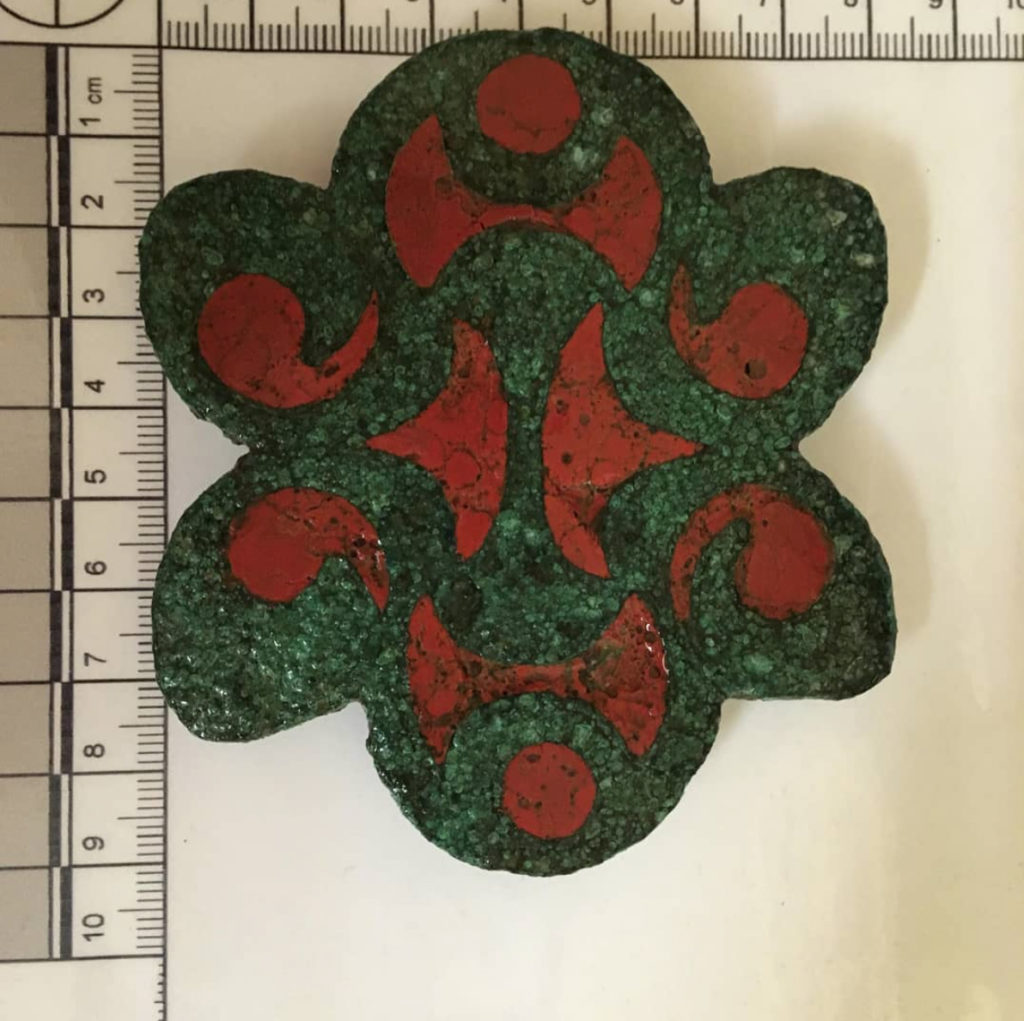Art World
An Amateur Treasure Hunter May Get a Huge Payout After Uncovering an Iron Age Chariot That Has Floored Experts
The unprecedented find has been dated to AD 25-75.

The unprecedented find has been dated to AD 25-75.

Kate Brown

A history lover armed with a metal detector made the discovery of a lifetime when he uncovered a 2,000-year-old chariot buried under farmland in South Wales. Now, it’s looking like the amateur treasure hunter will get a major payout for the unprecedented find.
Mike Smith, who has been metal detecting in his free time for 30 years, made the astonishing discovery last February in the Welsh town of Pembrokeshire. Last month, a court ruled to legally protect the historic find, and heard confirmation that Smith had indeed discovered an ancient burial ground. As a museum vies for the valuable objects estimated to date back to AD 25-75, Smith expects he will receive a six or seven-figure reward for the treasure from the government, which could be as much as £1 million ($1.3 million).
The eagle-eyed treasure hunter is the first so-called “metal detectorist” to find a Celtic chariot. While such objects do sometimes appear in archeological digs, they are typically found by experts.
Celtic chariots were an iconic element of wartime militia for Iron Age tribes. High-ranking chiefs were often buried with their chariots, horses, and weapons. Last year, also in the UK, another Iron Age chariot was found still upright, with horse skeletons in leaping positions as if they were about to jump out of the grave.
Smith will split the cash with the owner of the land where found the buried treasure. The National Museum of Wales says it will seek to acquire the artifacts for its national collection.
“These chariot pieces may have been witness to some of the historical events of the time, as Iron Age peoples defended their ways of life and identities in the face of an expanding Roman empire,” said the museum’s principal curator of prehistoric archeology, Adam Gwilt.
When Smith first found the pieces of the ancient chariot, he thought he had come across a medieval broach. But when he returned the next day, he discovered more pieces, and realized the “broach” was actually part of a Celtic horse harness.
“I knew the importance of them straight away,” said Smith, according to The Telegraph. “It was just instinct. I’d read all about chariot burials and just wished it could have been me, so finding this has been a privilege.”